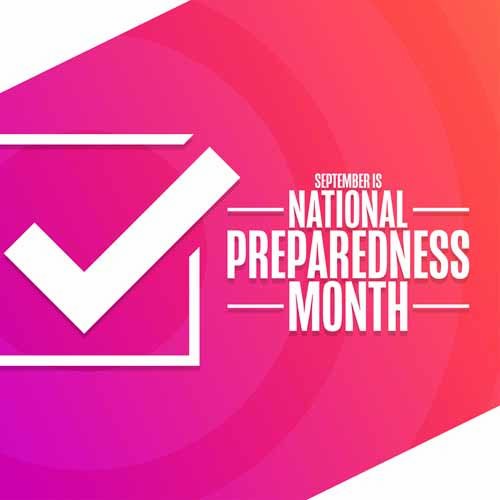Respiratory protection for disaster relief efforts
How can emergency responders best be prepared with proper respiratory protection this hurricane season?

Responding is Axel Reichert, general manager of respiratory personal protective equipment, Honeywell, Charlotte, NC.
National Preparedness Month is a time for individuals, businesses and communities to learn more about the need to prepare for disasters and emergencies. It’s also the time of year when coastal cities and towns along the Atlantic and Gulf coasts are most likely to experience severe tropical storms and hurricanes.
The National Oceanic and Atmospheric Administration is predicting above-average activity this hurricane season (June 1-Nov. 30), forecasting a likely range of 14 to 21 named storms, of which six to 10 could become hurricanes, including three to six major hurricanes.
Hurricane damage can endanger workers involved in cleanup activities because as floodwaters recede, they can leave behind mold and structural damage that can release asbestos and other dangerous airborne contaminants. This September, it’s important to make sure disaster cleanup workers are well prepared with the correct respiratory protection.
Use the right level of protection for the job
Contaminants released into the air from hurricane damage and the chemicals used in cleaning products can cause allergies, asthma and lung damage. Before engaging in disaster relief efforts, workers should establish the type of contaminants present and their concentration, because the level of recommended respiratory protection increases with the size and scope of the affected area.
Respirators come in several different types, from disposable masks to those with supplied air, all of which help prevent the inhalation of contaminants. Mold is one example of a harmful contaminant cleanup workers could be exposed to. If a worker encounters mold in an area of 10 square feet or smaller, disposable N95 respirators that cover the nose and mouth can provide adequate protection. However, if the contaminated area increases in size, the level of filtration used in a respirator should increase as well. Common solutions for medium- and large-sized jobs are air-purifying respirators, which cover half the face and use filters to clean the air, or powered air-purifying respirators, which cover the full face and head and use a battery-powered fan to draw air through filters to provide clean air to the wearer.
The need for proper fit
As with most jobs that require personal protective equipment, disaster relief efforts that involve workers wearing respirators don’t follow a one-size-fits-all approach. So, before an emergency event such as a hurricane takes place, workers who may be called to the scene should make sure their respirators are properly fit tested. A correctly worn respirator should be completely sealed around the nose, cheeks and chin to ensure contaminants can’t enter through gaps or breaks in the seal.
Respiratory preparedness helps keep workers safe
Preparation for natural disasters such as hurricanes means not only having the right safety procedures in place before a severe event, but also having the proper protective equipment for the cleanup afterward. Even after a hurricane has passed and the site has been cleared for reentry, many dangers remain for workers involved in cleanup operations. Planning respiratory protection ahead of time is crucial to help keep workers safe.
Editor's note: This article represents the independent views of the author and should not be construed as a National Safety Council endorsement.
Post a comment to this article
Safety+Health welcomes comments that promote respectful dialogue. Please stay on topic. Comments that contain personal attacks, profanity or abusive language – or those aggressively promoting products or services – will be removed. We reserve the right to determine which comments violate our comment policy. (Anonymous comments are welcome; merely skip the “name” field in the comment box. An email address is required but will not be included with your comment.)

